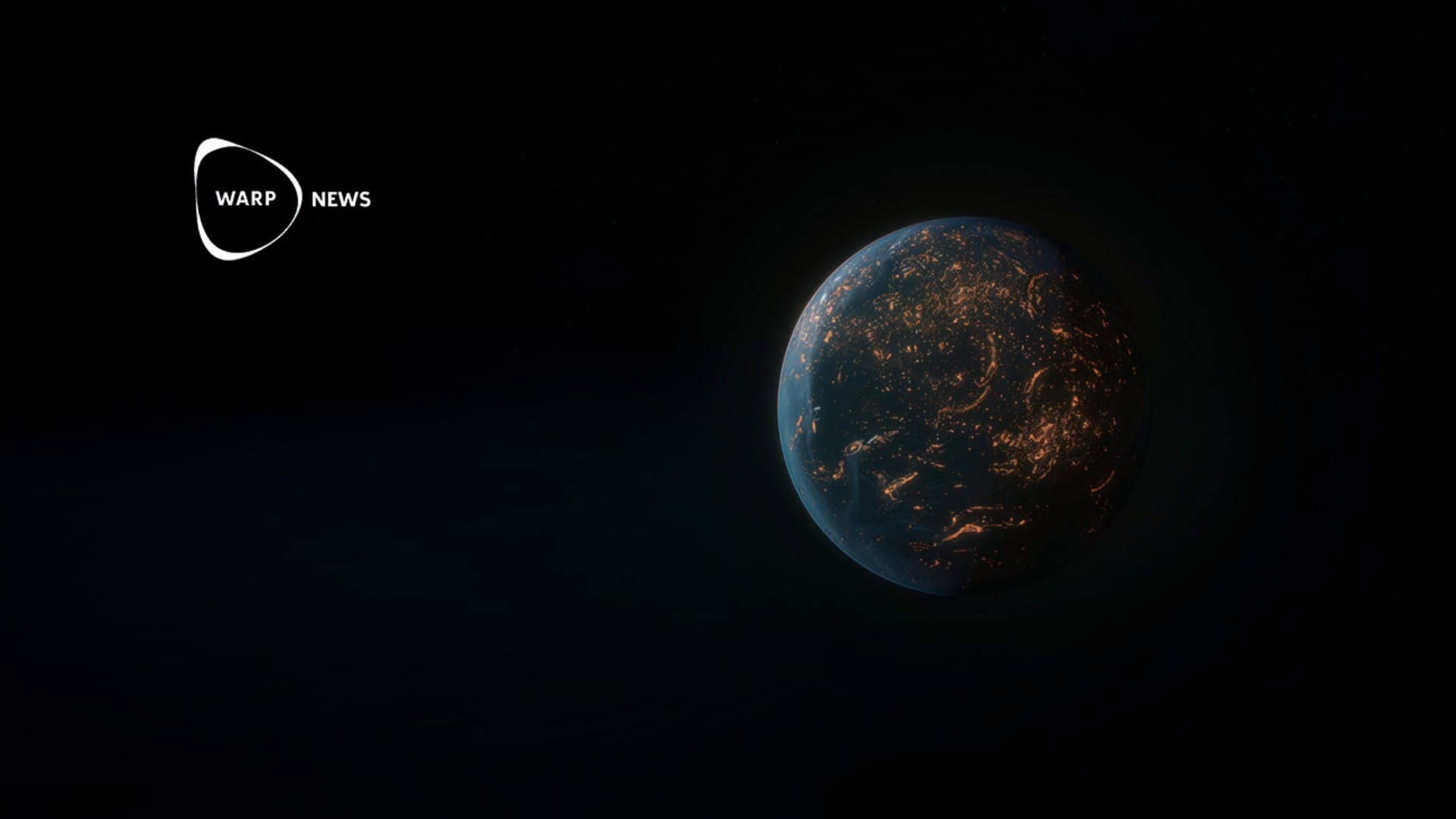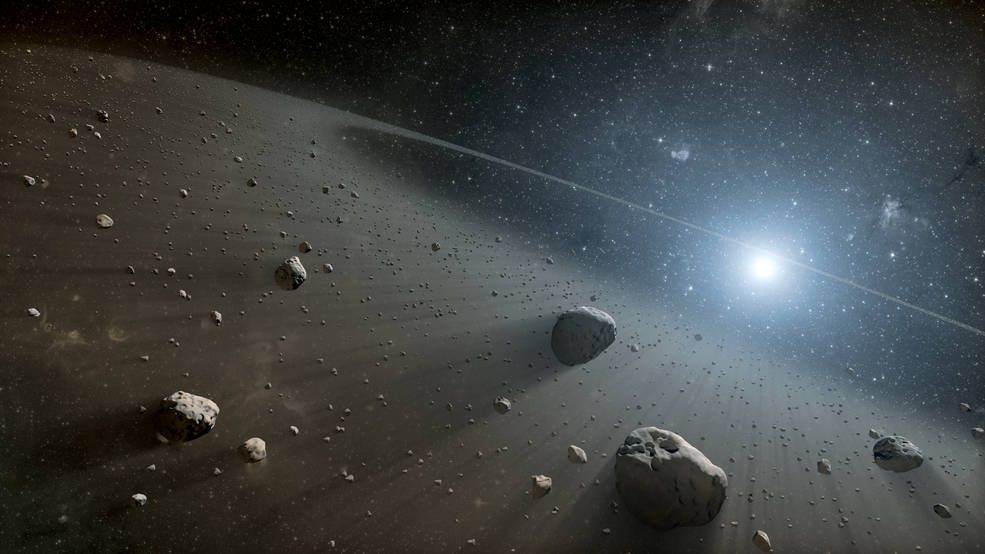
📡 New eyes on space will help to protect Earth from threatening asteroids
A new telescope at the La Silla observatory at Chile will help protect Earth from threatening asteroids. The new telescope is a part of a world investment to map and identify near-Earth objects.
Share this story!
Asteroids on a collision course with Earth is a threat to humanity both on screen and in real life. Dangerous asteroids are rare, but if one would be headed towards us, we want to be prepared. The European Southern Observatory (ESO) and the European Space Agency (ESA) are together managing the TBT-project that aims to map and identify near-Earth objects. Ivo Saviane, site manager at the La Silla Observatory, explains in a press release the new telescopes importance in the hunt for asteroids:
To be able to calculate the risk posed by potentially hazardous objects in the Solar System, we first need a census of these objects. The TBT project is a step in that direction.
Asteroids are small and rocky objects in orbit around the Sun. There are two asteroid belts in our Solar system: the main asteroid belt and the Kuiper belt. The main belt is located in between Mars and Jupiter, while the Kuiper belt stretches out from Neptune.
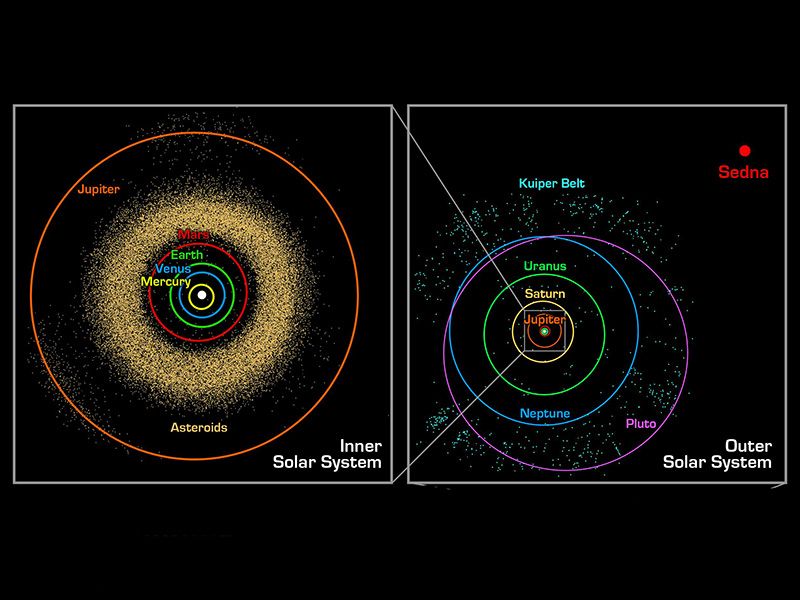
New technologies to track asteroids
The new telescope (TBT2) in Chile is equipped with new software and technologies, fully ready to begin its search for asteroids together with its twin telescope TBT1 in Spain. The telescope is 56 cm in diameter and developed to detect fast moving objects across the sky.
An asteroid hunt is mainly about probability. Small asteroids and rocks reach the Earth periodically each year, and the probability that an asteroid with the potential to harm would reach the surface is extremely low. A small rock will burn up in the atmosphere without being noticed or doing any harm.
But even if the risk is small, a large asteroid can harm life on Earth as it may not burn up in the atmosphere. Therefore it is of high importance to detect the potentially harmful ones in time. To decrease the risk of a massive collision, scientists aim to map and triangulate orbits of near-Earth objects at all times.
Today there are about 25 000 mapped objects around Earth, and neither makes up a potential threat. However, we do need to keep track of all incoming objects, which is what the TBT2-telescope will help with.
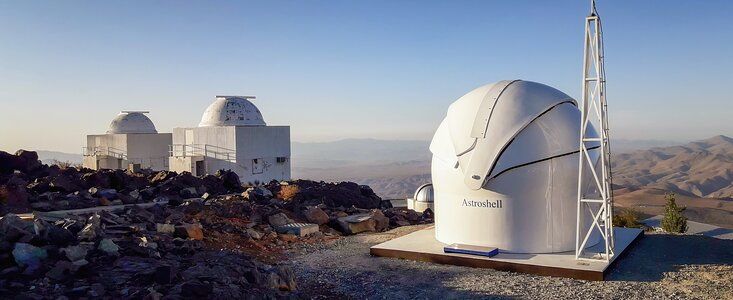
Conference with the goal to find solutions
Between the 26th and 28th of April NASA arranged the Planetary defense conference with the aim to develop and find new strategies to prepare for the worst-case scenario: when a asteroid with the potential to damage Earth is detected.
The conference was arranged by NASAs Center for Near Earth Object Studies department, that is the department which works with developing strategies, methods and software to map near-Earth objects.
During the conference the participants were exposed to a hypothetical scenario where they had just gotten to know that an asteroid will collide with Earth on the 20th of October this year. At space.com it is described how the hypothetical scenario developed as the participants got to know more information along the way, just as they would in a real scenario.
Many different professions were represented at the conference, from lawyers to scientists, and together they discussed the challenges to come up with innovative solutions and strategies.
In the hypothetical scenario they asteroid had a 1:2500 risk of hitting Earth at first sight. But after a week of observations the risk was adjusted to 1:20. However, the probability of it causing harm was only 3%, with a 97% chance of exploding above the sea. But 3% risk of potential harm is large enough to cause a call for action.
How we can avoid an asteroid collision
To avoid a collision with an asteroid, the most obvious choice is to change its path. To change the path of an asteroid we could launch a “kinetic impactor” (with a rocket) at a high speed to crash into the asteroid, hence, slowing it down. If the velocity of the asteroid is changed, the orbit is changed as well. This method is for instance explained in a report from 2020, and outlined as one of the main methods by NASA. The change in orbit would only have to be very small to make it miss Earth, however, it requires a lot of time. Another alternative mentioned by Jennifer Chu from MIT News office is to launch many but smaller projectiles towards the asteroid.
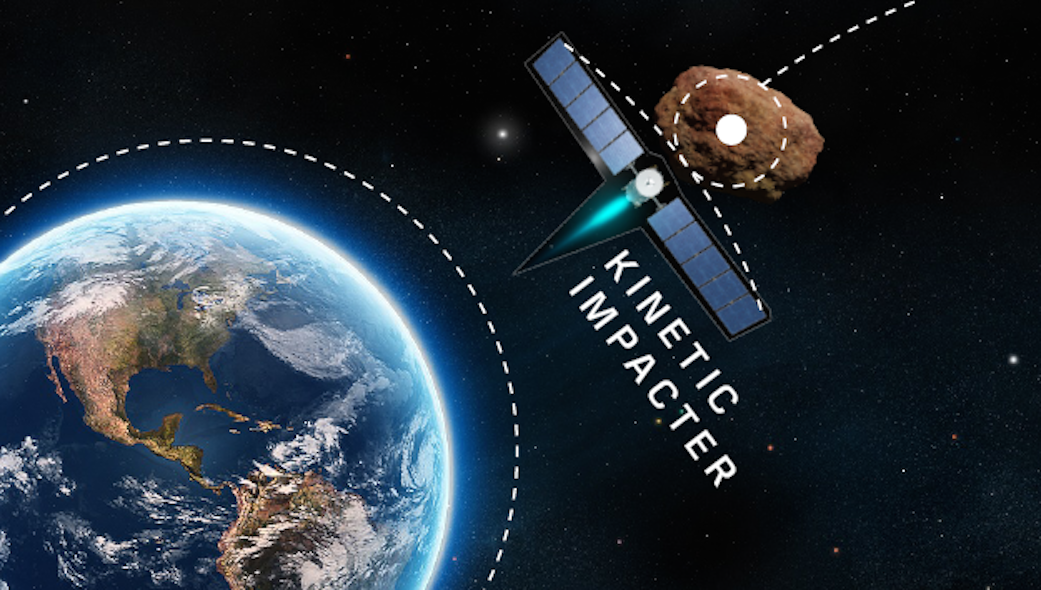
Another frequently discussed alternative is to blow the asteroid into smaller pieces that could burn up in the atmosphere or blow it into dust using nuclear weapons.
In the scenario created by NASA neither method would be effective, and NASAs Center for Near Earth Object Studies wants to make sure that we can act in time by mapping and watching the sky for new potential threats. Even if the latter alternative would work, the smaller pieces could cause damage and should be avoided if possible.
In other words, to protect Earth from threating asteroids we need to develop our current methods of mapping and simulating asteroid orbits.
Cove image: NASA/JPL-Caltech
By becoming a premium supporter, you help in the creation and sharing of fact-based optimistic news all over the world.


